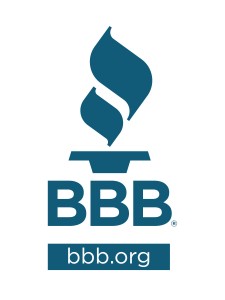 You can make your sales goals whatever it needs to be. If it needs to be a full-time income or if it just needs to be monthly gas money or disposable income, then it can be that as well. Whatever your reasons, you’ll need specific goals in place. Here are some suggestions that will help you achieve our objectives.
You can make your sales goals whatever it needs to be. If it needs to be a full-time income or if it just needs to be monthly gas money or disposable income, then it can be that as well. Whatever your reasons, you’ll need specific goals in place. Here are some suggestions that will help you achieve our objectives.
- Know what makes your customers happy. Your customers’ satisfaction may come in the form of product, excellent service, convenience, a personalized shopping experience, or any combination of those things. Part of your job is to find out what you can do to make your customers happy. For example, one of your customers is placing a rather large order at a home party. You give her the subtotal, which she had already calculated in her head. However, when she hears the grand total that includes tax and shipping, she is unpleasantly surprised by the steep price of shipping, and starts to hesitate about wanting to place such a big order. You can help make her happy in any number of ways. Perhaps offer discounted or free shipping if she gives you three referrals or books her own party; another idea would be to send her home with a free gift to thank her for her business. Don’t let a customer walk away because you weren’t willing to find out how to make the person happy.
- Identify customers you can make happy. A harsh reality is that not everyone is able to be satisfied by services that you can provide. Don’t waste your money or time trying to reach clients who do not have a need for your product. Focus instead on your target market; what types of people would benefit the most from your product or service? Identify them by age, marital status, lifestyle choice, personal interests, etc. For example, if your company specializes in educational books and toys, your target demographic consists of parents and/or educators of young children. For the most part, adults without children don’t have a use for your product line. Sure, there will be the occasional non-parent who wants a gift for a nephew or friend’s child, but that is not where the bulk of your sales will originate. Your business will benefit from knowing whose needs can be satisfied.
- Know that each client has a unique problem to solve. You’ve already heard that a key component of direct selling success is to market your product as a solution to a problem. You should also be aware that different customers will have different problems. Your customer who works full-time and often travels on business may be looking for quick and healthy meal solutions that she can take on the go. This problem, albeit similar, would require a different solution for the stay-at-home mother of three whose demand for quick and healthy meal solutions also includes something she can make a lot of for her large family and have enough for leftovers. The more you can find out about a client, the better able you will be to personalize your services.
When setting your sales goals, keep in mind the basics of how to make a sale, but as you grow your business to meet your needs, focus on what you can do to find the best return on your efforts. What do you think should be added to this list? Please share your ideas below!






![MP900443105[1]](https://dsef.org/wp-content/uploads/2012/06/MP9004431051-300x300.jpg)











